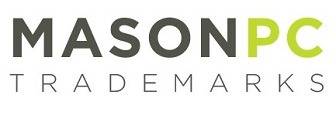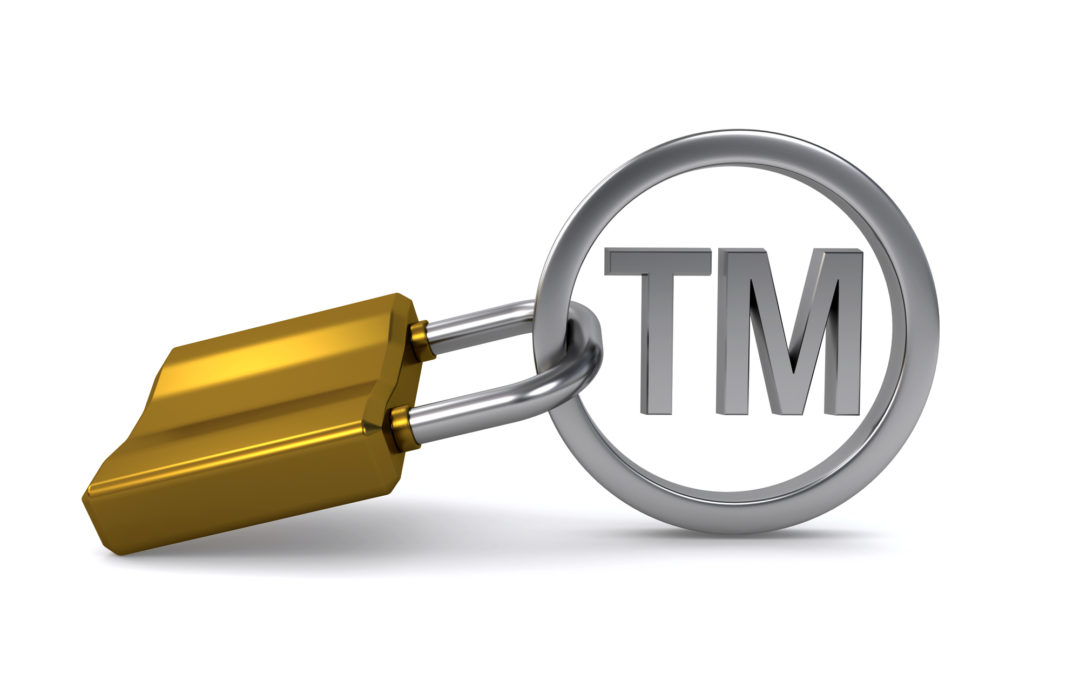Pro Tip #1 – Register your trademark
Filing a trademark application is the best and most cost-effective way to protect a name, hands down! Just filing the application prompts the Trademarks Office to police the register for potentially confusing trademark applications. This means half the enforcement work is done for you!
One of my clients, let’s call him David (because you know I want to do the David and Goliath parable), is an entrepreneur whose content marketing business was taking off when he decided he needed to protect his brand. While the best time to protect your brand is when your business is a tiny spark and not a fire brightly burning in the industry, there’s no better time to start than right now.
David contacted me to help him file a trademark application to protect his name as a trademark (yes, you can do this yourself online but some businesses like trademark professionals to help them through the process).
This is a fantastic first step, because trademark registration is a powerful legal tool. But to use it to enforce your legal rights, you need to know about any infringements as early as possible.
So, I couldn’t have been prouder to receive a flustered late-night mail (or three) to inform me that there’d been an infringement of his trademark.
But, how did David know that a copycat had been using his trademark?
He searched for his brand’s name on social media.
Which is exactly what every business should be doing. And despite the lateness of the hour, I was delighted that this client at least, was not going to let anyone infringe on his lawful rights.
Pro Tip #2 – Monitor the marketplace for unauthorized use of your name – and act immediately
While I tell all my clients to check the market to see if anyone is using their trademark, you’d be surprised how few business owners actually do it.
You need to regularly check the marketplace to see if anyone is using your name without permission. It’s free, easy to do and can be gratifying – like when you see your company mentioned in an article or find a good review of a product! By monitoring the marketplace for unauthorized uses of your name, you’re able to protect your legal rights in the name.
As a brand owner, the onus is on you to stop infringing uses, and the only way to know about them is to set up a ‘watch plan’. It doesn’t need to be anything complex or time consuming. Just do a register, Google, and social media search of your name to see what’s coming up. You can even set up an alert to see when or if your name is being used online.
While my client can be commended for his proactiveness, David was in full panic mode because a large financial institution (let’s call them Imaginary Finance (and yes, I checked this name online to make sure I’m not stepping on any toes!) had used his company’s exact name to promote a media campaign about content marketing for small businesses.
My client’s business is content marketing. So, any media campaign using David’s company name to promote content marketing would be confusing for both his clients and potential clients – and could result in lost business. So how does David, the small startup, take on Goliath, the titan known as Imaginary Finance?
Under Canadian trademark law, the first person to use a trademark is the rightful owner, no matter how small or newly formed you might be.
Regardless of whether you have registered that mark, you have legal rights that can be used to stop others from using the same or a confusing mark. Trademark lawyers (like me) love it if you have a trademark registration, because it makes a cease and desist letter so much more compelling, but it’s not necessary for you to have a registration to own your trademark. You just need to be the first to use it.
It most likely won’t even be expensive to fight.
Most infringement claims never go to court.
You just have to approach it one step at a time. The first steps cost very little, and this process is usually where the dispute is resolved.
Step 1: Investigate who the rightful owner is:
The first step is always investigating who the rightful owner of the mark is, and you can do this legwork yourself.
Remember what I said about the owner being the first person to use the mark? Look through your records and determine the dates that you first advertised the mark in connection with services. Or, if you are a product-based business, find out the date when you first shipped a product to the customer in exchange for payment.
This is your date of the first trademark use.
Then do some research into when the infringing company or person first used their trademark. Use the internet. Make some calls (discreetly to their customer service if you have to). Do whatever you can to find out when they first advertised the mark in connection with services, or sold a product bearing the mark.
If your date is earlier, you are in the right. Which means they are in the wrong.
Step 2: Send a cease and desist letter
The next step in enforcing trademark rights is usually sending a cease and desist letter. This is a strongly worded letter that sets out the basis for your ownership of the rights, how they are infringing your rights, and that they’d better stop, or you will sue the pants off them. And their uncle. And maybe their cousins too!
I’m exaggerating, but you get my point.
You tell them they need to stop immediately, or you will file a statement of claim in the Federal Court for trademark infringement.
You can send this case and desist letter yourself, or you can hire a lawyer to send it on your behalf (which, call me biased, does have a few benefits).
Step 3: Hire a lawyer (optional)
A lawyer will know the laws that support your position. Citing these laws will make a letter much more convincing.
Secondly, your lawyer will know which facts are relevant to your claim of ownership.
Thirdly, a letter from a lawyer sends the message that you are serious about enforcing your rights and you are willing to spend whatever it takes for them to stop the infringement. You may not be, but they don’t need to know that.
Fourth, we lawyers have a few tricks that can help keep the costs low. An experienced trademark lawyer will have written a few cease and desist letters in their time. They know the language to get the results that you want – namely for the offender to stop using the confusing trademark immediately and agree to never use it again.
This letter may only cost you a few hundred dollars. When dealing with a big firm, you might need to send some follow-up letters, emails, or phone calls, and in some cases, there might be a need for a written agreement. This could total a couple of thousand dollars. Now before you panic, remember you don’t need to think about the total potential cost of a trademark dispute. Most cases are resolved after just one (or a few) threatening letter(s) stating just the relevant laws and facts.
Some companies might try and bully you with legal costs, but most will behave respectfully.
When you are in the right, you are in the right. And when you are in the wrong, no amount of money will make you right.
If you assume you can’t take on the infringer and win, you won’t take the necessary steps to protect your rights. And do you know what happens when you allow infringers to use your trademarks?
1 – Your customers will believe that the infringer’s products or services are yours.
2 – You will lose customers.
3 – Your reputation (a little thing we trademark lawyers like to call “goodwill”) will be damaged.
4 – Your brand will be worth less.
Isn’t it worth a few hundred or even a few thousand dollars to prevent this?
Pro tip #3 – Don’t let a fear of potential costs defeat you before you start the fight
This is your business, and you have invested a lot in creating, developing, and promoting it. Sometimes legal expenses are a cost of doing business.
We decided to send a cease and desist letter to the trademark infringer (the financial institute) who threatened my client’s brand. This included several cost-saving strategies.
Firstly, we included proof of the date that he first used the brand name. This strategy aimed to prevent the financial institute from posturing or avoiding questions to slow down resolution and increase legal costs.
Secondly, we stated very clearly what was required – the financial institute would immediately cease all use of the trademark and undertake never to use this mark or anything similar in the future. We also demanded that they remove all online references to the mark to minimize the damage already done.
Thirdly, we set a deadline for their response. A deadline is essential to ensure that the letter is demanding and perceived as high priority.
So, what do you think happened?
The financial institute responded within our deadline. While they claimed their use of the mark was used in a descriptive sense (it wasn’t), and their use was in a different field (it also wasn’t), they confirmed that they would not use it again.
And that was what we wanted. A happy ending!
He could continue to promote and grow his brand without worrying about customers confusing it with another brand!
So, don’t let trademark infringers use your name without your knowledge or permission. Register your brand, conduct regular checks online to make sure that your brand remains unsullied and take action if you find any copycats.
If you’ve won a trademark battle, please do drop me a note and tell me about it. I’d love to hear your story.
And if you plan to fight an infringer and need a trademark warrior by your side, please do reach out. Shoot me a message and let’s start talking strategy.


